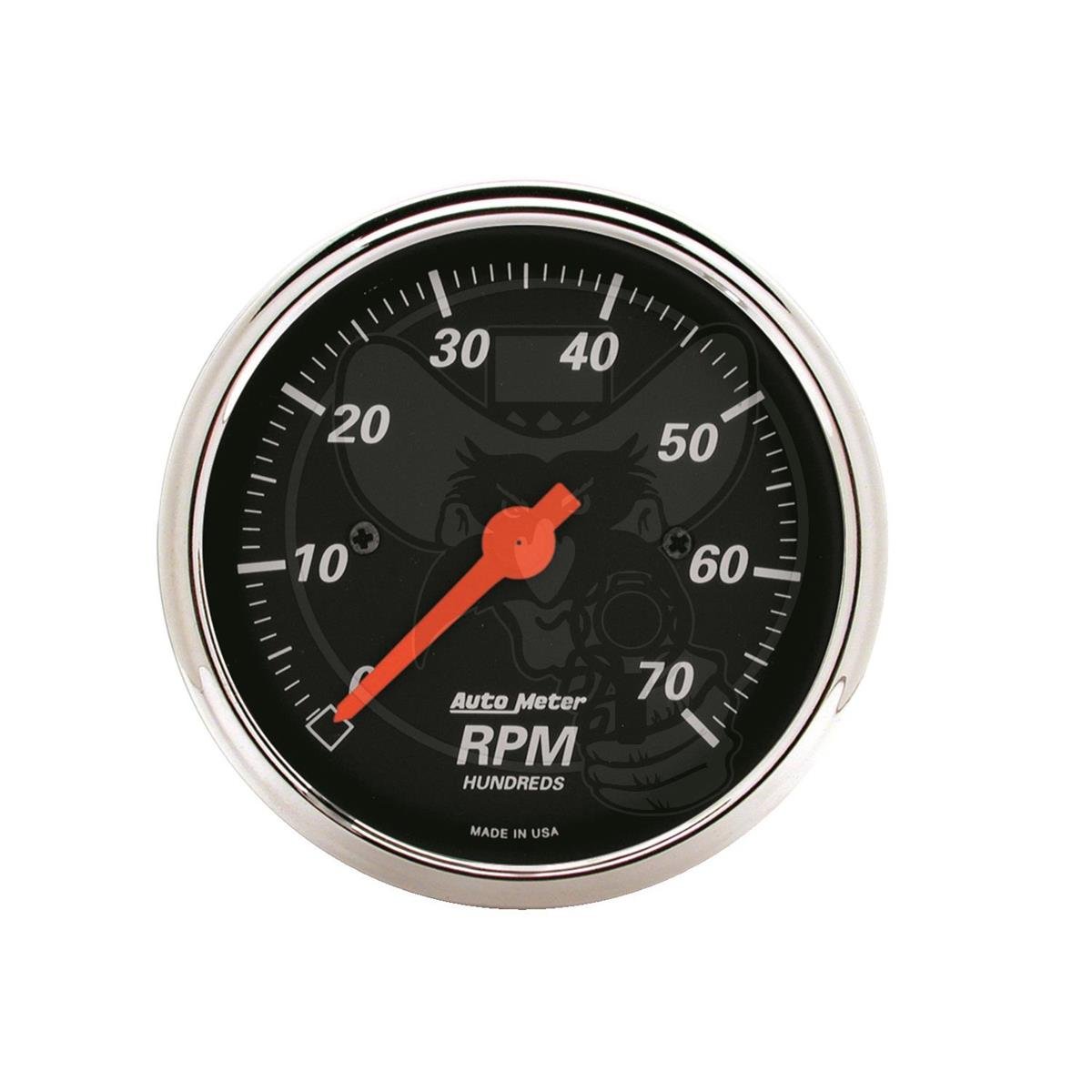The Significance of a Tachometer in Monitoring Engine Rate and Performance in Automotive Applications
In the realm of auto design, the tachometer stands as an essential tool in the chauffeur's toolbox, supplying a straight home window right into the internal functions of a car's engine. Beyond its feature as a plain gauge of changes per minute (RPM), the tachometer functions as a crucial tool for fanatics and professionals alike, supplying real-time understandings right into engine efficiency and wellness. Recognizing the importance of this device surpasses surface-level monitorings, delving into the intricate connection in between engine rate, power output, and total driving experience. As we explore the multifaceted role of the tachometer in vehicle applications, a much deeper recognition for its impact on automobile dynamics and efficiency starts to emerge.
Significance of Monitoring Engine RPM
Monitoring engine RPM, or changes per min, is a crucial element of automobile upkeep and efficiency examination. Engine RPM directly associates with the rate at which the engine's crankshaft turns, suggesting how promptly the engine is running.
Furthermore, keeping track of engine RPM is essential for efficiency evaluation in auto racing and high-performance automobiles. In summary, keeping an eye on engine RPM is not just crucial for spotting problems however also for optimizing engine performance in various vehicle applications.

Advantages of Real-Time Data
In vehicle applications, real-time information plays an essential duty in giving instant insights right into the efficiency and problem of the lorry. By continually checking numerous parameters such as engine speed, temperature, fuel usage, and more, real-time data supplies countless advantages that add to boosted effectiveness and safety and security when traveling.
One significant benefit of real-time information is its capability to sharp vehicle drivers and technicians to any type of abnormalities or problems without delay. This proactive method makes it possible for fast recognition of potential troubles, enabling for prompt interventions to stop additional damages or malfunctions. Additionally, real-time data facilitates performance optimization by giving prompt comments on driving behaviors and engine effectiveness. Drivers can change their actions in real-time based upon this details to accomplish much better fuel economic climate and extend the life-span of their vehicle.

Moreover, real-time data plays an essential function in modern vehicle diagnostics, allowing service technicians to promptly detect and attend to breakdowns. This causes decreased downtime, reduced maintenance prices, and ultimately, improved overall vehicle reliability and durability (tachometer). By utilizing the power of real-time data, vehicle stakeholders can make informed decisions that favorably impact both the efficiency and durability of the vehicle
Influence on Gear Shifts
Reliable gear changes in automotive applications considerably affect general efficiency and driving experience. The tachometer plays a crucial duty in maximizing gear changes by providing real-time engine speed information to the chauffeur. When coming close to the redline on the i was reading this tachometer, it signals the driver to upshift to avoid over-revving the engine and causing potential damage. On the other hand, downshifting at the right minute can aid maintain the engine in its power band, making sure responsive acceleration when needed.
In addition, the tachometer aids in attaining smoother gear changes, particularly in hand-operated transmissions. By keeping track of engine rate, motorists can perform gear shifts at the optimum RPM variety, decreasing jerking activities and minimizing endure the transmission parts. This accuracy on duty adjustments not just boosts driving convenience yet additionally adds to fuel effectiveness.
Enhancing Fuel Effectiveness
Given the important function the tachometer plays in optimizing gear shifts for performance and engine health, it straight contributes to making best use of fuel efficiency in vehicle applications. By offering real-time responses on engine speed, the tachometer helps chauffeurs in preserving one of the most reliable RPM array for gas economic situation. When motorists regularly keep track of the tachometer and adjust their motoring behaviors accordingly, they can stay clear of unneeded fuel intake triggered by over-revving or lugging the engine.
In addition, the tachometer aids chauffeurs recognize the most fuel-efficient equipment to be in at any type of provided minute, preventing the engine from functioning harder than required. In verdict, the tachometer serves as a beneficial tool in improving gas effectiveness by advertising ideal driving habits and identifying areas for enhancement in the automobile's performance.

Optimizing Engine Durability
The tachometer's role in keeping track of engine speed and efficiency is important in making certain the durability of automotive engines. By utilizing the tachometer effectively, chauffeurs can maximize engine durability through conscious RPM management. Continually revving an engine also high can bring about too much wear and tear on vital elements, such as the pistons, shutoffs, and bearings. In time, this can lead browse this site to reduced engine efficiency and possible malfunctions. Keeping an eye on the tachometer enables motorists to stay within the recommended RPM range for their vehicle, protecting against unneeded stress on the engine and extending its life-span.

Verdict
In verdict, the tachometer plays a vital function in keeping an eye on engine speed and efficiency in automobile applications. By offering real-time information on RPM, it enables efficient gear changes, improved gas effectiveness, and optimized engine long life. This tool is important for maintaining optimum engine performance and ensuring the total functionality of a vehicle.